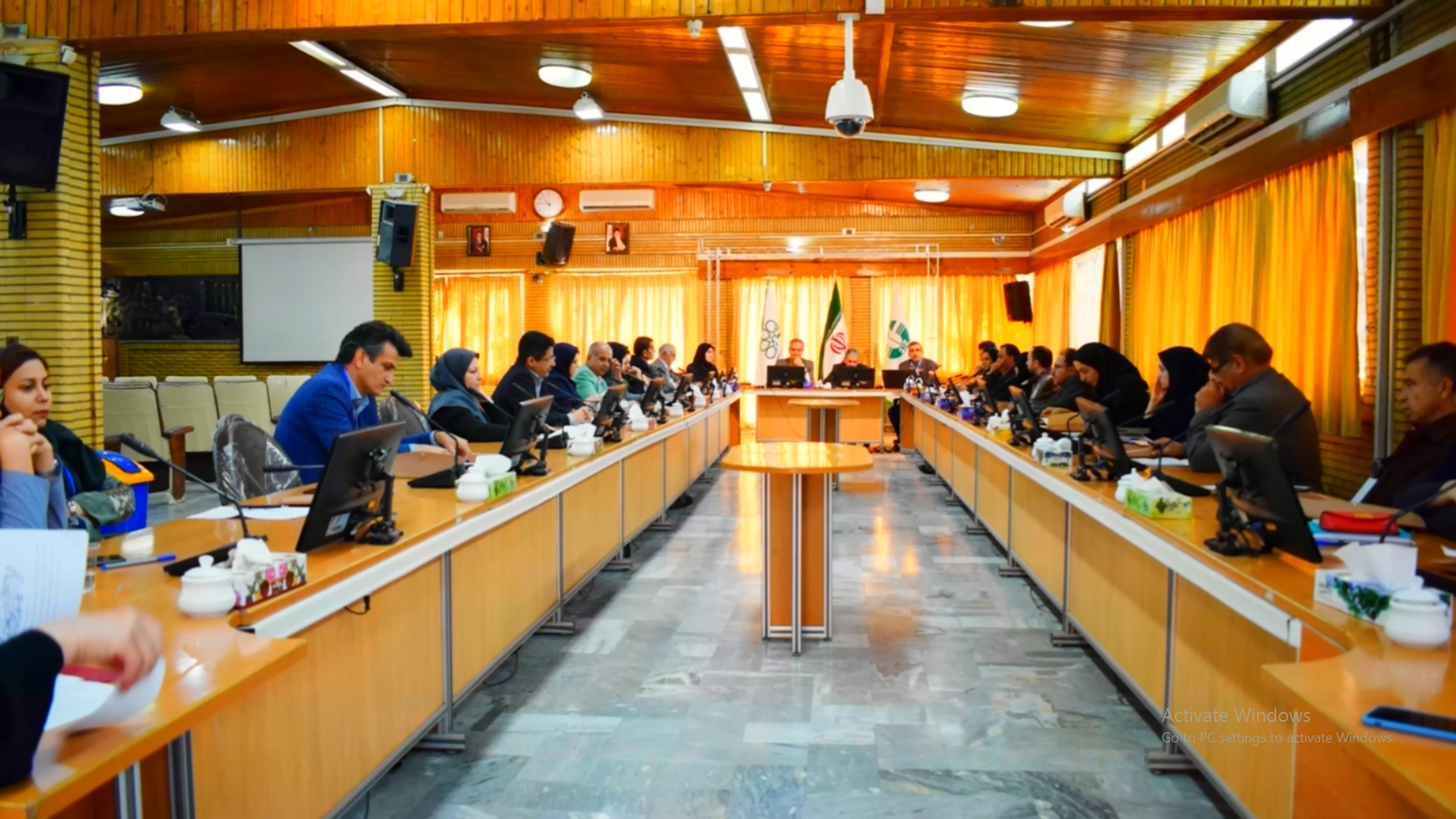
The signing of a five-year document of the third phase of the plan to protect Iranian wetlands; fresh blood in the vessels
The national manager of Conservation of Iranian Wetlands Project announced the signing of the third phase document of this project for the duration from 2020 to 2025.
Ali Arvahi, The national manager of Conservation of Iranian Wetlands Project, said: The new project document, for the next five years, gets finalized, approved, and signed following to eight months of efforts by consultants, stakeholders, and the project team. This document, which describes the outlook, target, and key strategies of the project activities over the next five years, is based on the achievements and lessons of the project in previous phases and analysis of the current situation and the current problems and threats of the country’s wetlands, includes the following three main axes:
• Institutionalizing an ecosystem approach to better wetland management
• Collaborative resource management compatible with climate change
• Increasing awareness and public participation in the protection and management of the country’s wetlands
He pointed out that, after being drafted, this document was approved through a participatory process by the project steering committee. Subsequently, as a document of joint cooperation between the Government of the Islamic Republic of Iran and the United Nations Development Program, it was signed by the Deputy Minister of Marine Environment and Wetlands of the Environmental Protection Agency (on behalf of the government) as the national implementer and resident representative of the United Nations Development Program. Its implementation will start in June 2020.
In conclusion, Ali Arvahi noted that the implementation of this document requires the national and international funds and resources as well as the participation of all key stakeholders at the national and provincial levels. It is worth mentioning that the Iranian Wetlands Protection Project has been operating since 2005 and has gone through two phases of implementation.